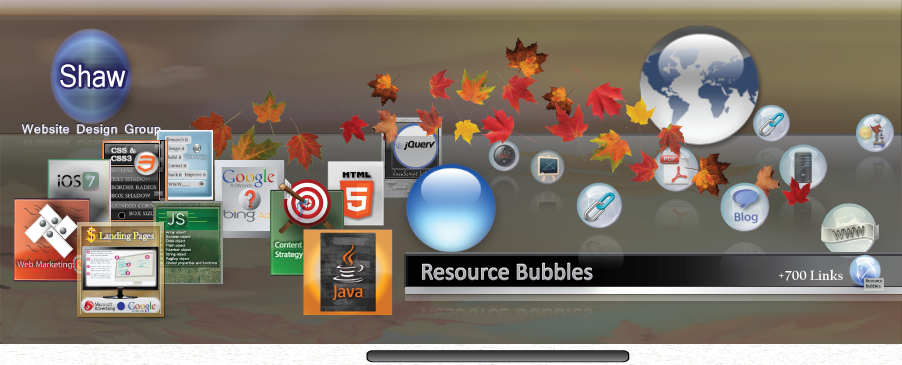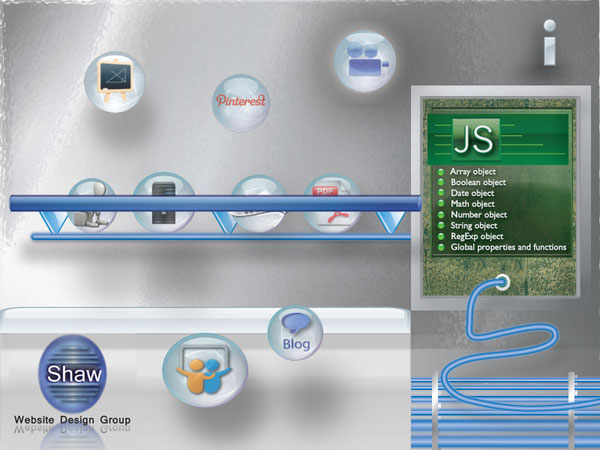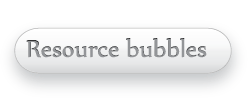First of all we need to set the record straight. JavaScript is not a scripted version of Java, plain and simple. JavaScript is also not a compiled language but works as an interpreted language. What this means is that as the browser executes each line of JavaScript code, it forwards the information to an interpreter. The interpreter then converts the JavaScript to machine code on which it understands. This conversion process only happens once, at the time the code is run. If something need to be changed the page will need to be reloaded again.
JavaScript works in most web browsers, including the four largest ones: Opera, Internet Explorer, Firefox and Safari. All that is required is for you to provide a scripting block. You can place JavaScript blocks in the web page’s head element, which makes it easier to find, or if you are concerned about a performance issue you can place blocks in the web page’s body element as well.
Due to the fact that JavaScript is becoming more complex and object-oriented (OO), the JavaScript objects created need to be reusable so that many applications can share in their functionality. This process entails the creation of separate script files, or pages, that can store the objects developed for re-use. With this compartmentalization, a library can be developed allowing each webpage to simply link up to a specific JavaScript file that it requires. This cuts down greatly on load times by removing redundancy.
The following Shaw Website Design - JavaScript Programming Language Bubbles have been gathered from around the web and will be periodically updated.
Javascript Learning Resource Bubble
Genre : Programming
Publisher : Shaw Website Design Group
Learn more about Javascript programming using Resource Bubbles
Tags : javascript,beginners guide to javascript, javascript resource, javascript tutorials, learn javascript, javascript reference,Learning Bubble,Learning Resource,javascript tricks,javascript development
Written by thegoldenpipewrench




















 Return to our home page
Return to our home page Need to contact us?
Need to contact us? View more resource
bubbles
View more resource
bubbles Have you seen our Pearltrees?
Have you seen our Pearltrees? Join us on Google+
Join us on Google+ Follow us on Twitter
Follow us on Twitter Visit us on Facebook
Visit us on Facebook Visit our Youtube Channel
Visit our Youtube Channel